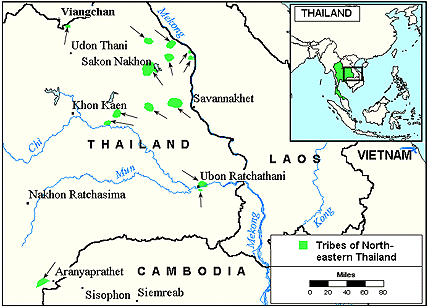The Khmu are among the ethnic groups that left Southeast Asia as an aftermath of the Vietnam War. That war spilled over into Laos and Cambodia, and many were displaced. When the communists prevailed, there were tens of thousands who had to flee. Some wound up in the US in the 1970s and 1980s.
The Khmu have lived in the US for decades now. Some have grandchildren who were born in America. They are acculturated, though some attend cultural festivals and Buddhist religious events to maintain ties with their old culture.
Though they have a background steeped in ancestor worship, many have climbed out of this spiritual trap. There is a high percentage of Christ followers among the Khmu people in the US!
The Khmu are largely Christian in the US. They need to let their light shine on those who lack a relationship with Jesus Christ.
Ask the Holy Spirit to spur Khmu Christian believers in the United States to live lives of joy, peace, love and spiritual outreach.
Pray that the Holy Spirit will complete the work begun in their hearts through adequate discipleship.
Pray for Khmu Christ followers in the US to reach other Southeast Asians for Christ.
Scripture Prayers for the Khmu in United States.
| Profile Source: Joshua Project |













